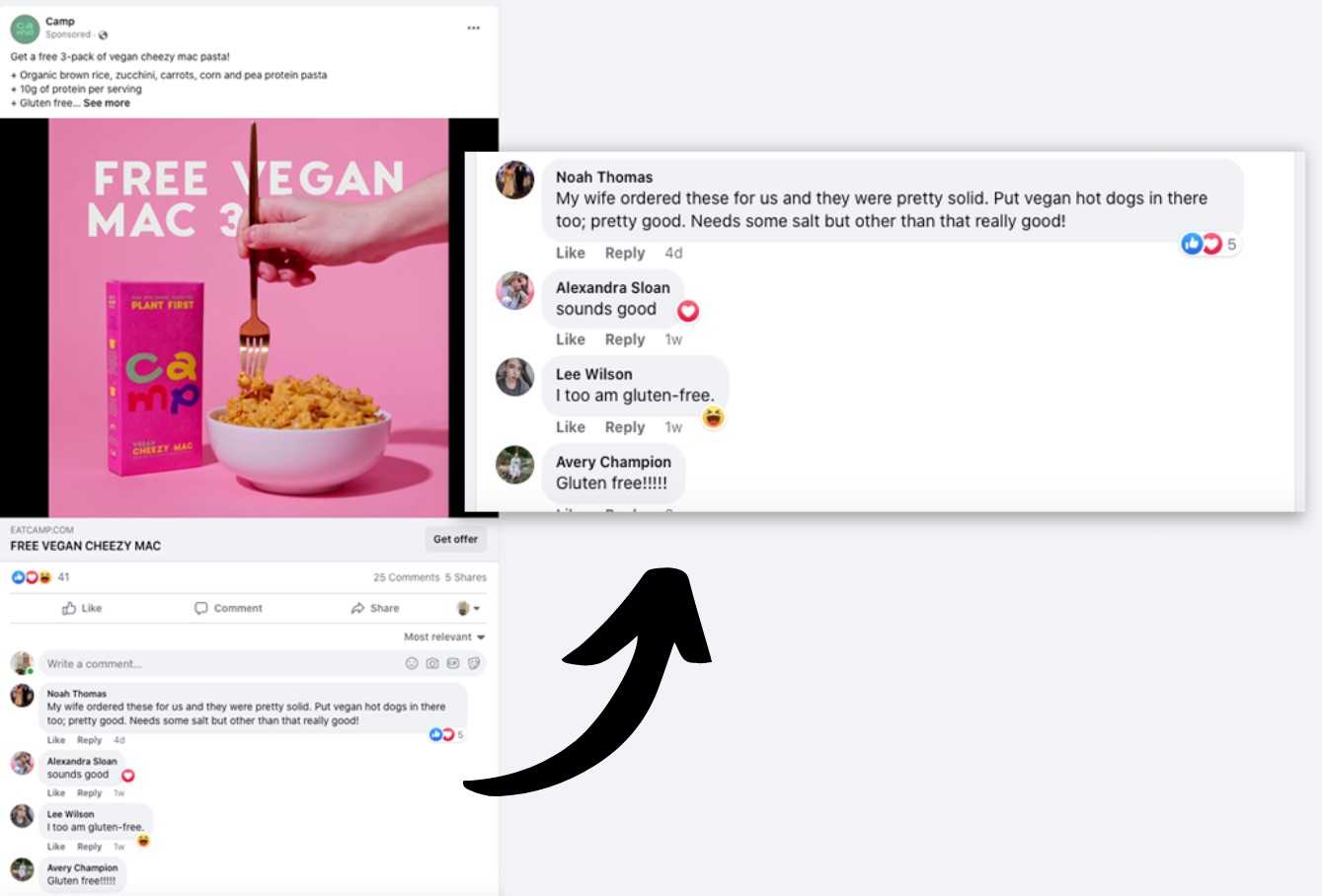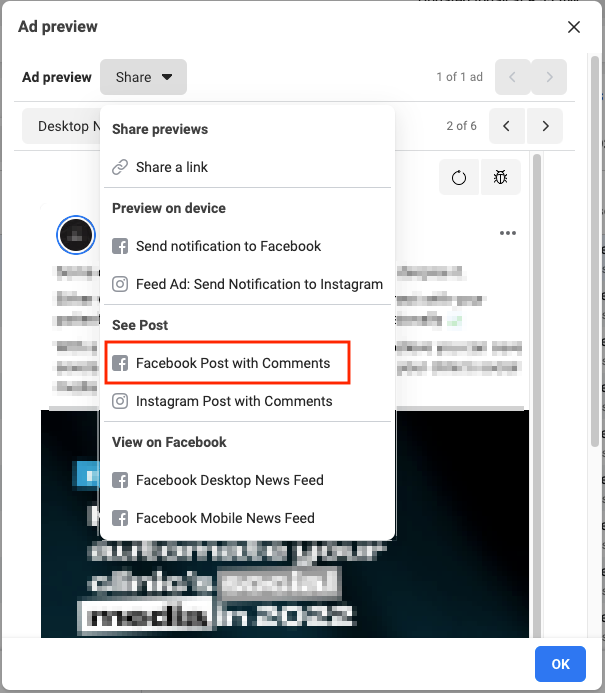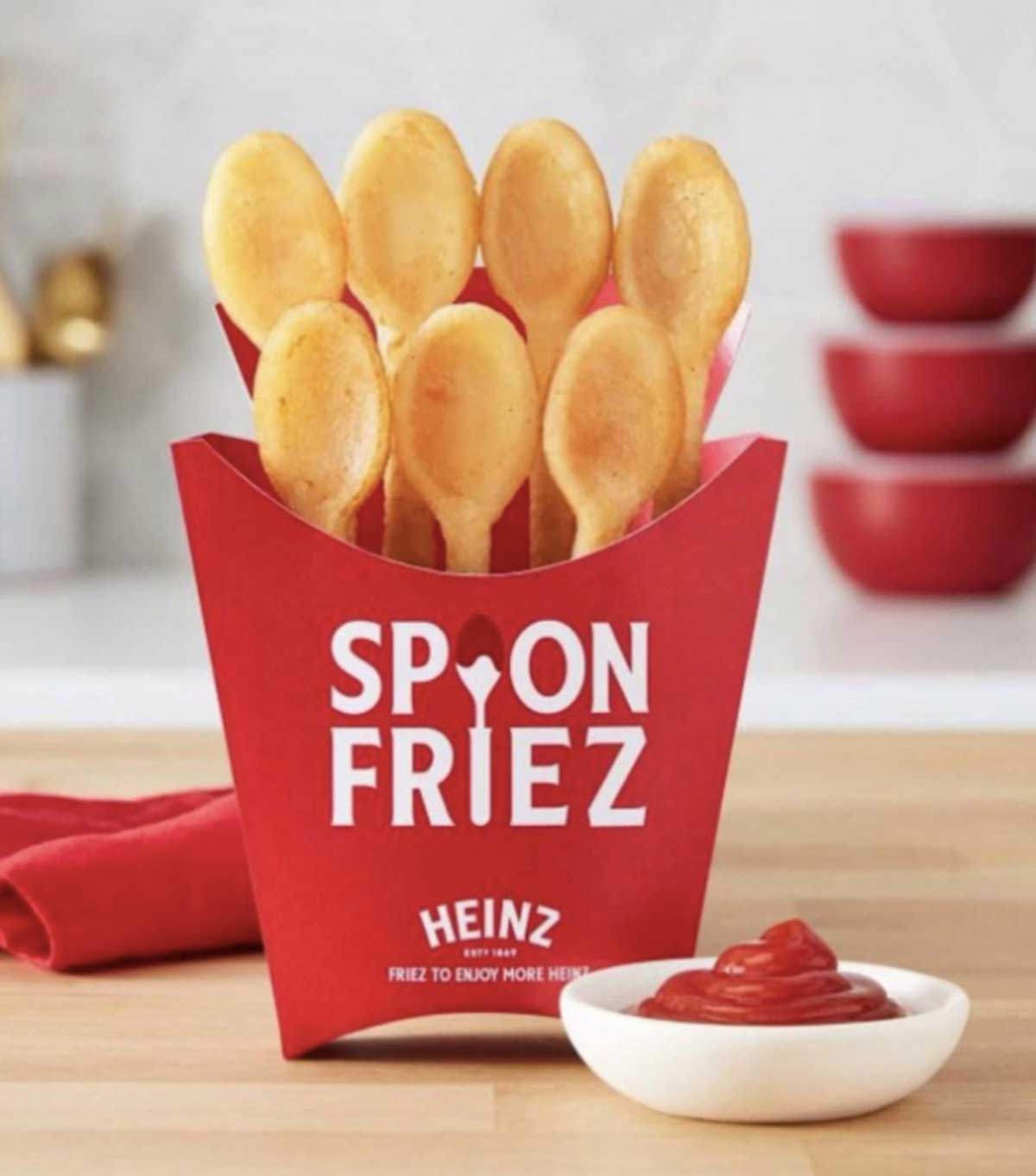Thanks to our sponsors for keeping this newsletter free for all of you! Check them out :)
Brought to you by Vanta. If you haven’t already been asked by customers or investors about SOC 2, ISO 27001, GDPR, or HIPAA compliance—you likely will be. Achieving compliance can unlock a major growth lever, but it's often time-intensive, costly, and involves a lot of manual work.
Vanta automates up to 90% of compliance work—getting you audit-ready in weeks and saving significant costs (up to 85%). Join 5000+ companies using Vanta to build and scale.
Watch the 30-minute on-demand demo to learn more. And by Vouris. Founders: is your sales team struggling?
Vouris’ data-driven sales system has generated $100,000,000+ in sales for 60+ SaaS and Service companies.
Watch their free training “How to Use Sales Metrics to Increase Sales Performance” here—no email opt-in required. |
Want to be featured in front of 78,500 founders and marketers? Learn more here. |
Hello and welcome to all you growth-loving founders and marketers. This newsletter is infused with sweat from the scorcher of a week I'm having. Enjoy.
This week is ad engagement, perceived vs actual value, and free shipping subscriptions.
Let's giddy up 🤠
– Neal
|
|
|
1. Ask customers to engage with your ads
Insight from Nothing Held Back. Social ads (TikTok, Instagram, Facebook, Twitter) have a big advantage over Search, Display, and YouTube Ads. The ads come packed with social proof—likes and comments. The more positive engagement you have on them, the better the ads will likely perform.
|
A really good ad for a good product will accumulate organic engagement—but this can take a while. And if you’ve set up your campaign targeting to exclude current customers, the chances of getting positive reviews from happy customers are slim to none.
One workaround: ask satisfied customers to like your ads and leave testimonials as comments. Here’s how: #1. Automate an email to go out after purchase, e.g., a few days or two weeks. Adjust the timeframe based on when someone is going to be most excited about your product.
For example, if you sell a product that gives immediate benefits, like a cell phone case, they'll be most excited in the first week. But for project management software, it's gonna take them a lot longer to fall in love with it—so trigger it after a "magic moment."
#2 In your email, ask whether customers enjoy your product. Provide two clickable options: yes or no. Clicking “yes” sends them to a page asking them to like your ad and leave a comment. Encourage participation by offering an incentive like a coupon or store credit.
If using Facebook, here's how to grab the URL of the ad: |
Clicking “no” should lead to a one-question survey asking for feedback. (Might as well do some customer research in the process so you can improve your product.)
Important: Do this with your best-performing ads. Incentivized engagement won't turn a "meh" ad into a "WOW" ad. So start with a "WOW" ad and amplify it. |
2. Focus on perceived value, not actual value
Insight derived from Alchemy by Rory Sutherland. Humans are not logical. Quite the opposite. Clever marketers know this and leverage it.
This is why marketing and behavioral sciences expert, Rory Sutherland, says to focus on "perceived value" over actual value.
Here's how you do that:
#1. Specificity A painkiller that's for "back pain" can be more effective at relieving back pain than a generic painkiller, even if it has the exact same ingredients.
It's more effective because we believe it will be. The classic placebo effect. #2. Cost An expensive painkiller is more effective—again even if the ingredients are identical. (Waber et al. – 2008)
Same goes for the taste of wine. That $100 bottle will taste better than the $10 bottle—even if they're the same wine with different labels. #3. Packaging and presentation
There's a reason why Apple invests heavily into its packaging and unboxing experience—a premium package subconsciously signals that the contents are premium. And a glass of wine will taste better in France on your honeymoon, than from a bag on a couch by yourself on a Tuesday night. |
#4. Exclusivity and scarcity If there's something you can't have, your perceived value of it often increases. There's nothing inherently more valuable about a First Edition Charizard Pokemon card besides the fact that you don't have one, and very few others do. This is why "limited editions" and "this is the lowest price it'll ever be" are effective. #5. Brand storytelling
The brand TOMS used to donate a pair for every pair bought. This story of social impact increased the perceived value beyond just the physical shoe. Many people paid more to get the good feeling of having "done the right thing" even if the shoe itself was no better.. #6. Social proof If you're a soccer/football fan, and you know this ice cream flavour is Lionel Messi's favorite, you're going to desire it more. You'd probably even pay extra. Or, if you know that it's the number one selling car in the world, clearly it must be pretty good and you'll be willing to pay more for it than an average-selling car. Takeaway This isn't about tricking people—perceived value is still value. If someone is more satisfied after purchasing shoes because they feel good about someone in need getting a new pair of shoes, then you've enhanced their experience of shoes on a completely other level. Or if their back pain goes away, or their wine tastes better, then the increased cost or the slight "trickery" still led to a better outcome.
Just make sure that the claims you're making are true! |
3. Offer a "free shipping" subscription Insight from Ariyh then expanded.
People hate paying for shipping. In fact, 48% of US shoppers abandon shopping carts due to the shipping costs.
The classic workaround is to offer free shipping at a threshold like $75, which pushes people to add a few more things to the cart.
BUT, if it's someone's first purchase, maybe they don't want to make a $75 risk instead of a $25 risk. So here are some options:
1. Offer free shipping for first-time purchases
Particularly if they're buying a "sample pack." This will let them make a test purchase to see if they like it. Then a $75+ order in the future is less risky. Of course, you'll definitely get people trying to game this by creating new accounts each time—so it's not an ideal solution. 2. Offer a "free shipping" subscription
According to a recent study, a flat-rate subscription for free shipping can boost revenue per customer by 34%. The obvious example of this is Amazon Prime.
Each order will be lower value on average, but subscribers will order more often. Over the course of a year, this nets out to more revenue. But, you can only really do this if you have a variety of products (like Amazon) or you sell consumable products they need to keep replenishing. 3. Just bake in the price of shipping If your product costs a decent amount, and they order relatively infrequently, just bake shipping into the cost. If I bought a mattress from Casper and they charged me $100 to ship it, I'd be quite annoyed. Charge me $100 more for the mattress and I will likely think the bed is more comfortable—thanks to its increased perceived value. |
|
|
News you can use:
Program we recommend: Ortto's Startup Program*
Eligible startups get $10,000 (USD) in free credits for Ortto's all-in-one marketing automation platform. Less than $3M in funding, 20 employees and 2 years in business? Apply now. Get all the tools startups need to make better marketing decisions and grow faster. Ortto's consolidated platform includes: - Journey builder to orchestrate messages across channels + trigger actions
-
A CDP built for marketers to access complete, real-time data
- Reports & dashboards that are powerful but easy-to-use
- AI live chat and omnichannel inbox management
- Plus other tools
Innovate across the customer lifecycle from day one with Ortto. Apply to the Startup Program today and get $10K in free credits, valid for 2 years.
Sponsored by Ortto*
|
|
|
Something fun
From @TrungTPhan.
"The perfect product-market fit." | | |
What did you think of this week's newsletter?
😍 Loved it | 😄 Great | 🙂 Good | 🤷♀️ Meh | 🤬 Bad
If you enjoyed this, please consider sharing it with a friend. These newsletters take hours to make each week, so it really helps when you share us with fellow founders and marketers.
And if you have any comments/question, I'd love to hear them. Just hit reply!
In case you're new: Who's Demand Curve?
We’re on a mission to help make it easier to start, build, and grow companies. We share high-quality, vetted, and actionable growth content as we learn it from the top 1% of founders and marketers. How we can help you grow: -
Read our free playbooks, blog articles, and teardowns—we break down the strategies and tactics that fast-growing startups use to grow.
- Enroll in the Growth Program, our marketing course that has helped 1,000+ founders get traction and scale revenue.
Check out our Sprints: short video courses that are laser-focused on a topic in growth.
Want to build an audience of buyers? Join the waitlist for the Un-ignorable Challenge. -
Are you an ambitious startup/scaleup looking to grow? Our agency, Bell Curve, can be your strategic growth partner.
Get your product in front of startup founders by sponsoring this newsletter.
See you next week.
— Neal and Justin |
|
|
© 2023 Demand Curve, Inc. All rights reserved. 4460 Redwood Hwy, Suite 16-535, San Rafael, California, United States
Unsubscribe from all emails, including the newsletter, or manage subscription preferences. |
|
|
|






